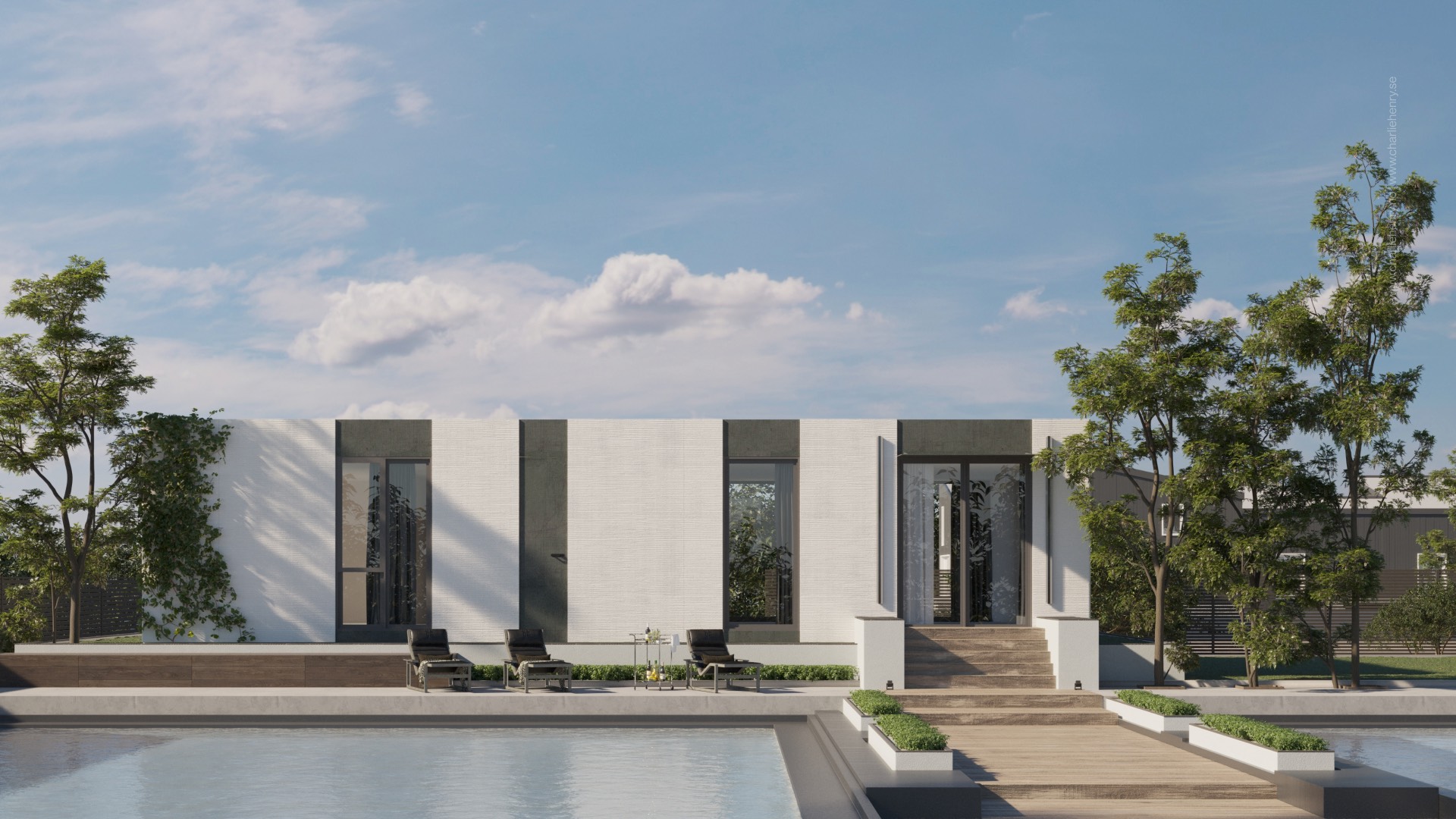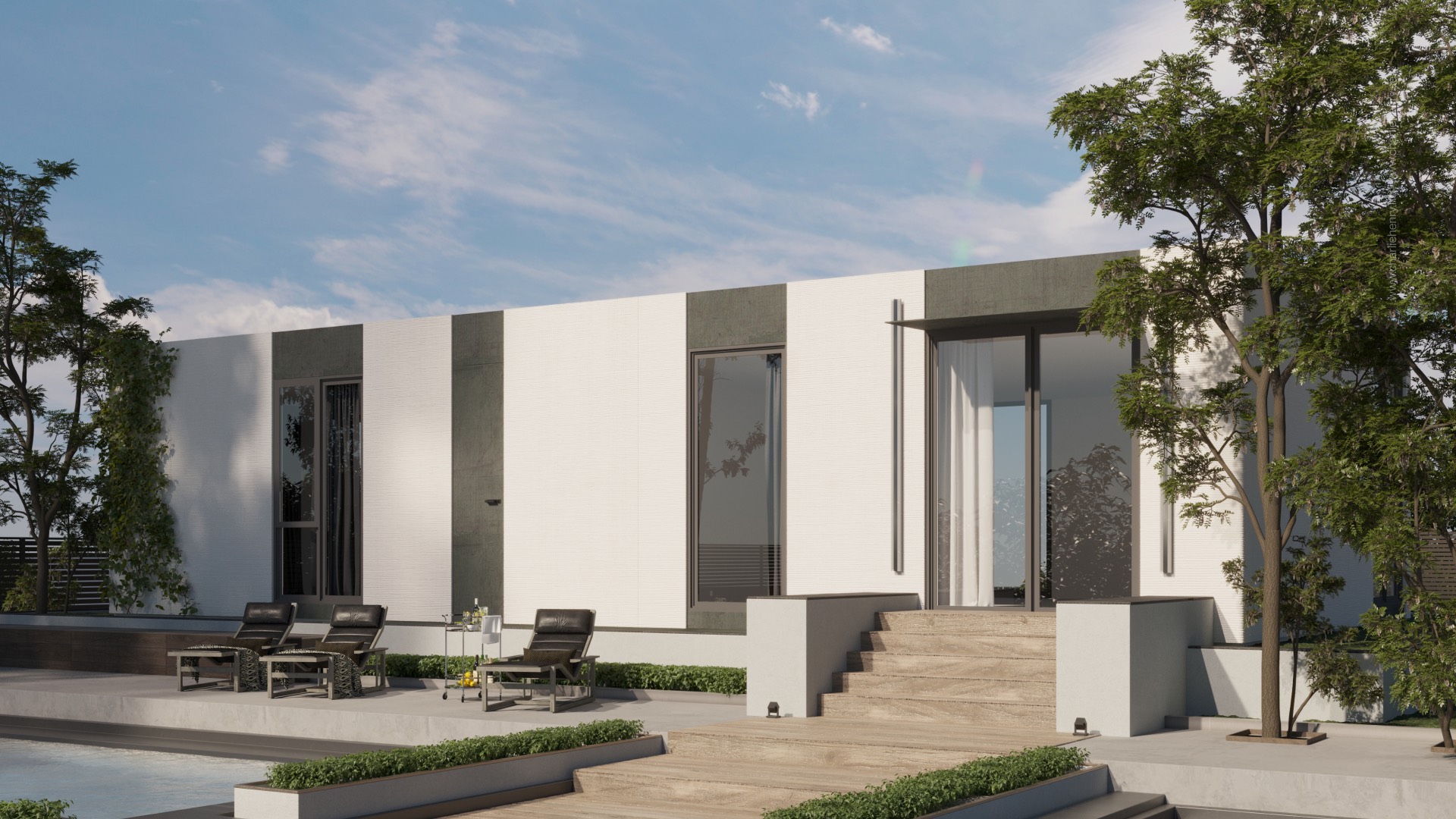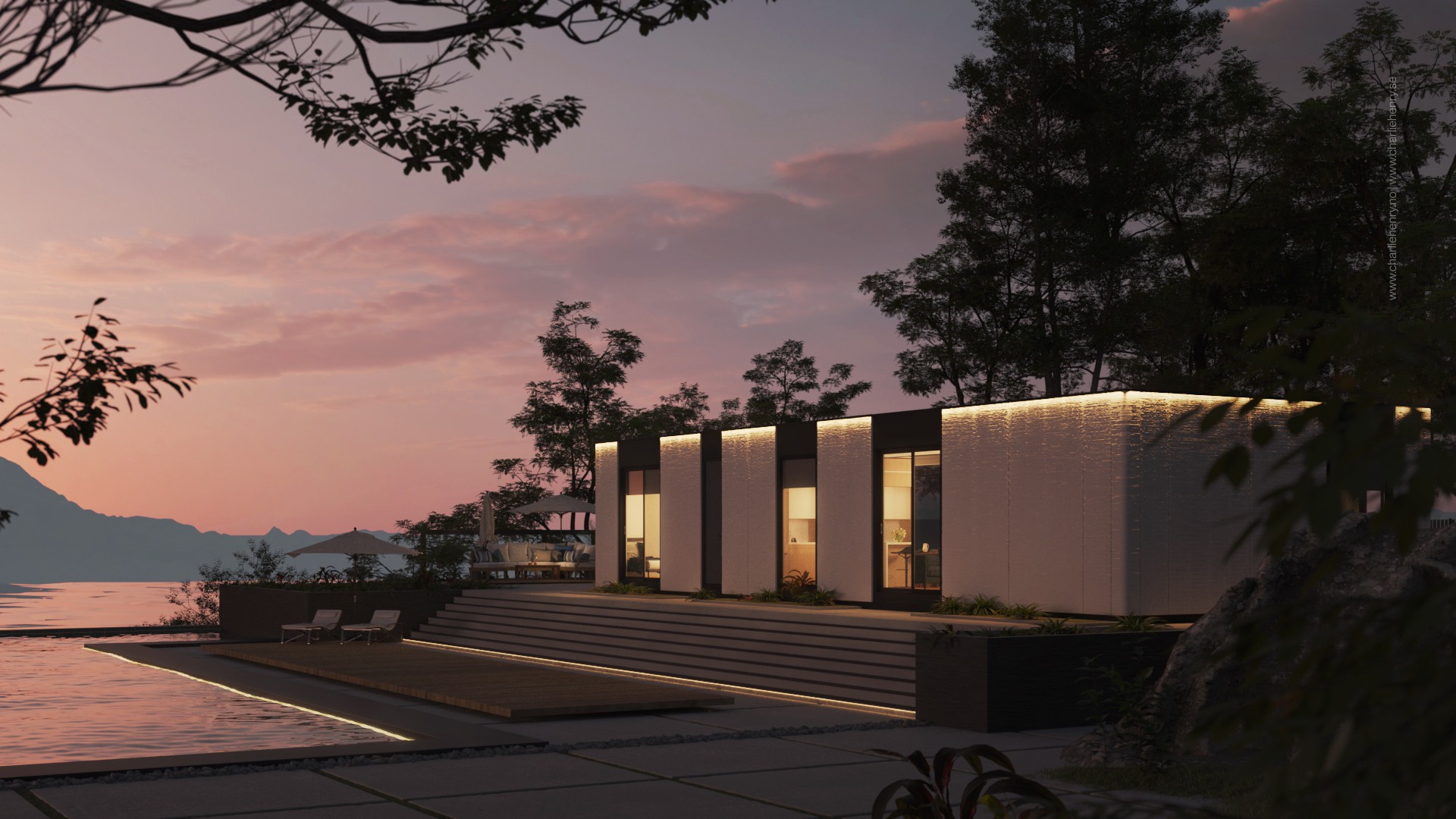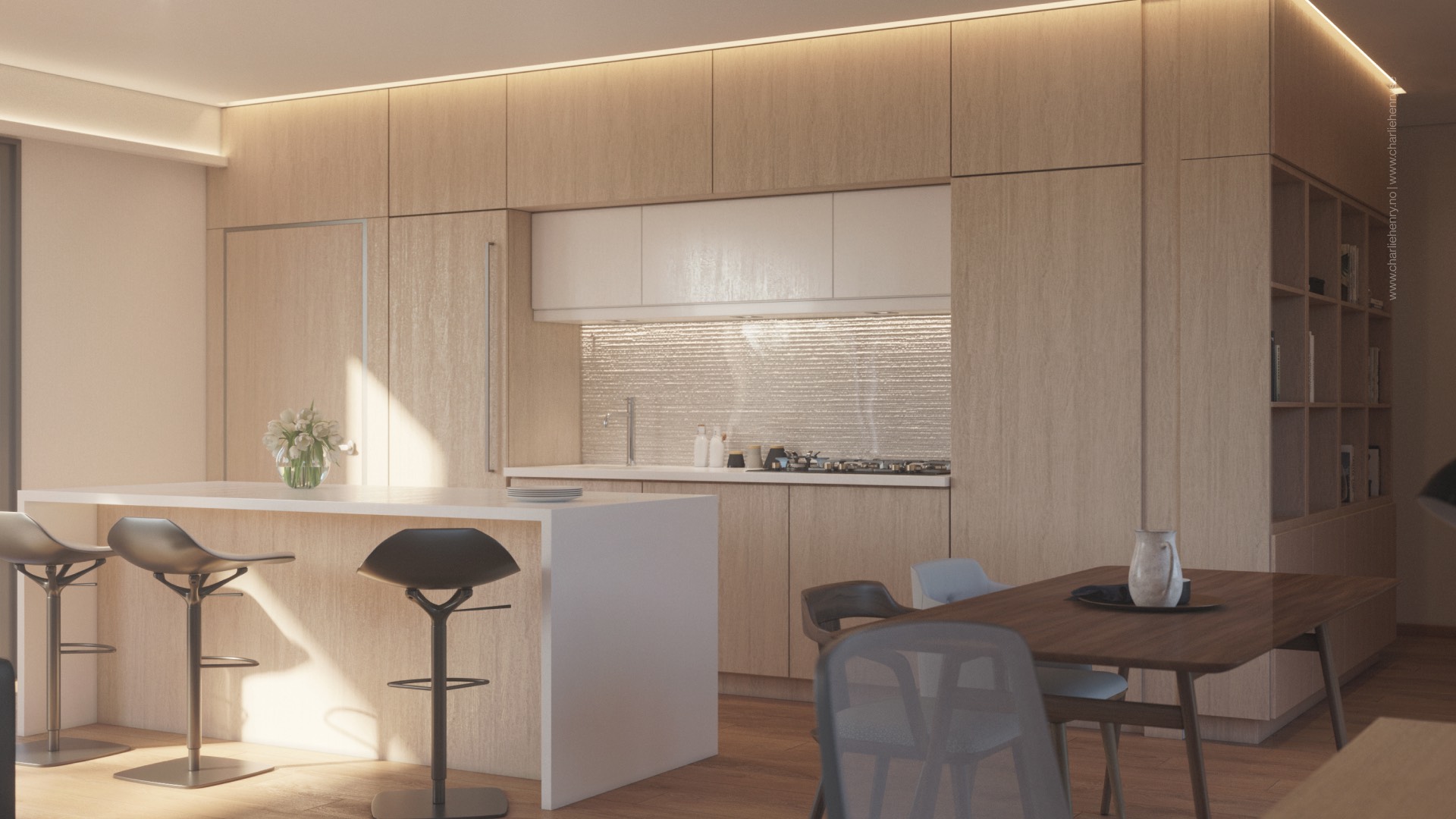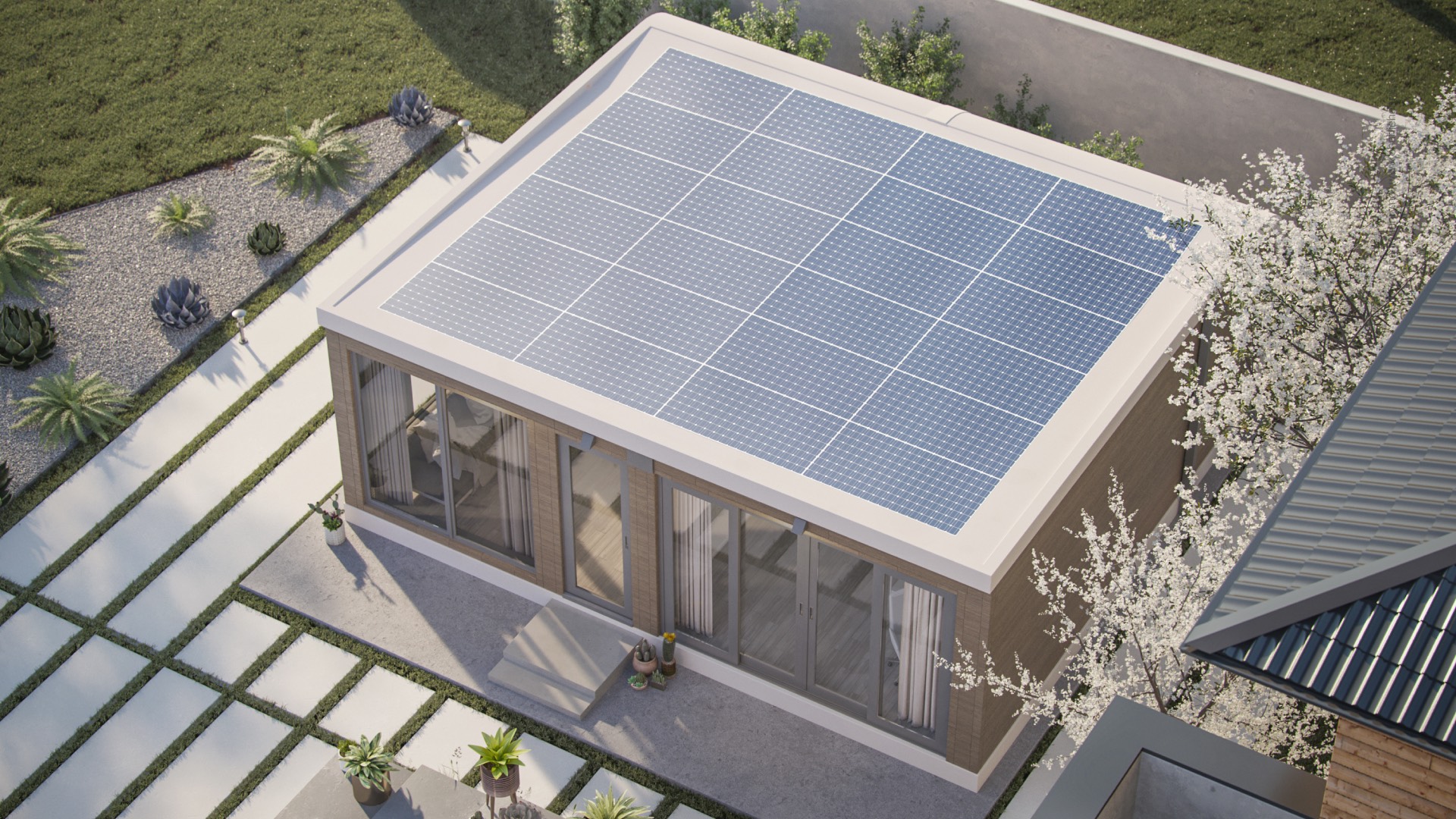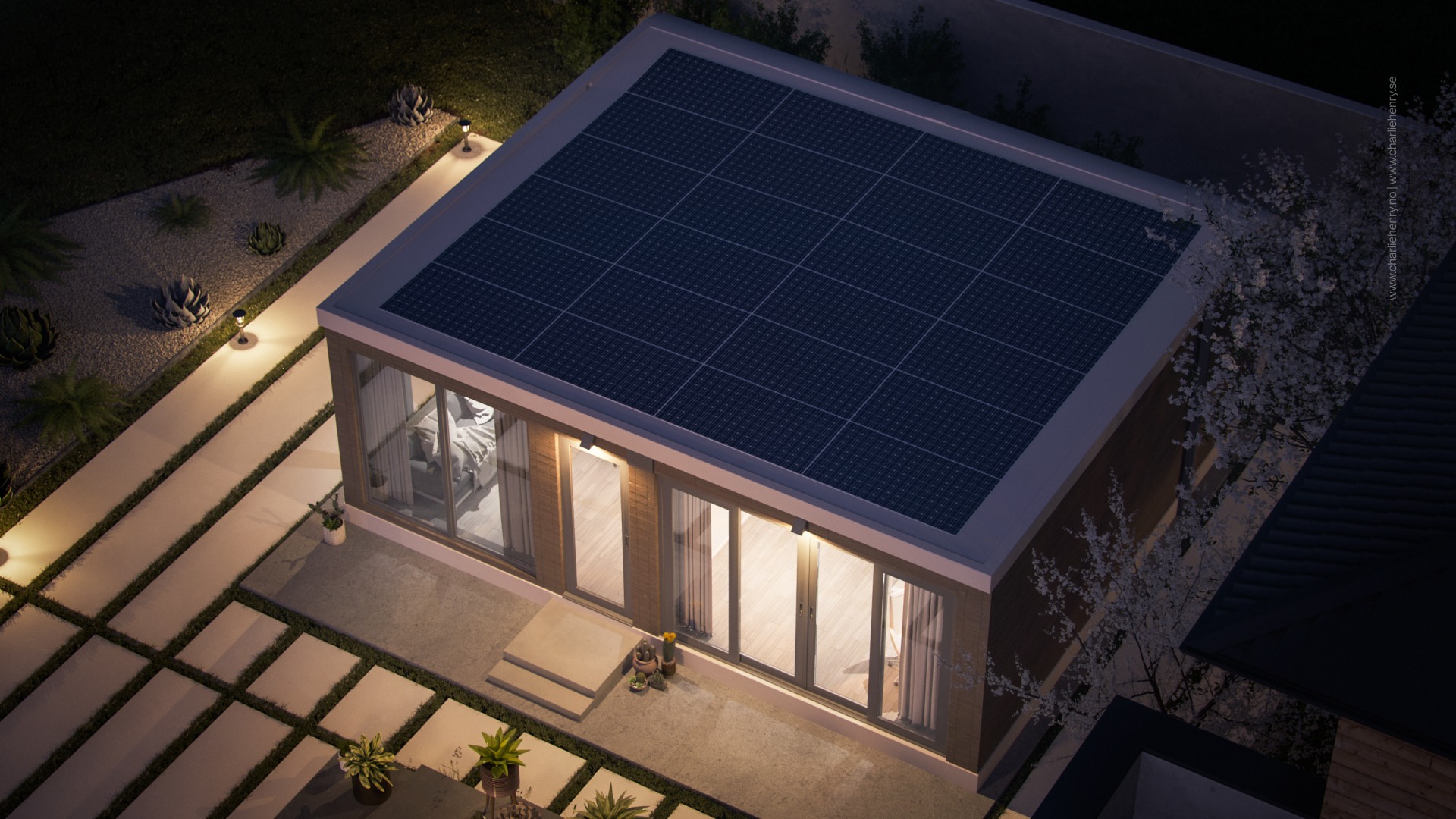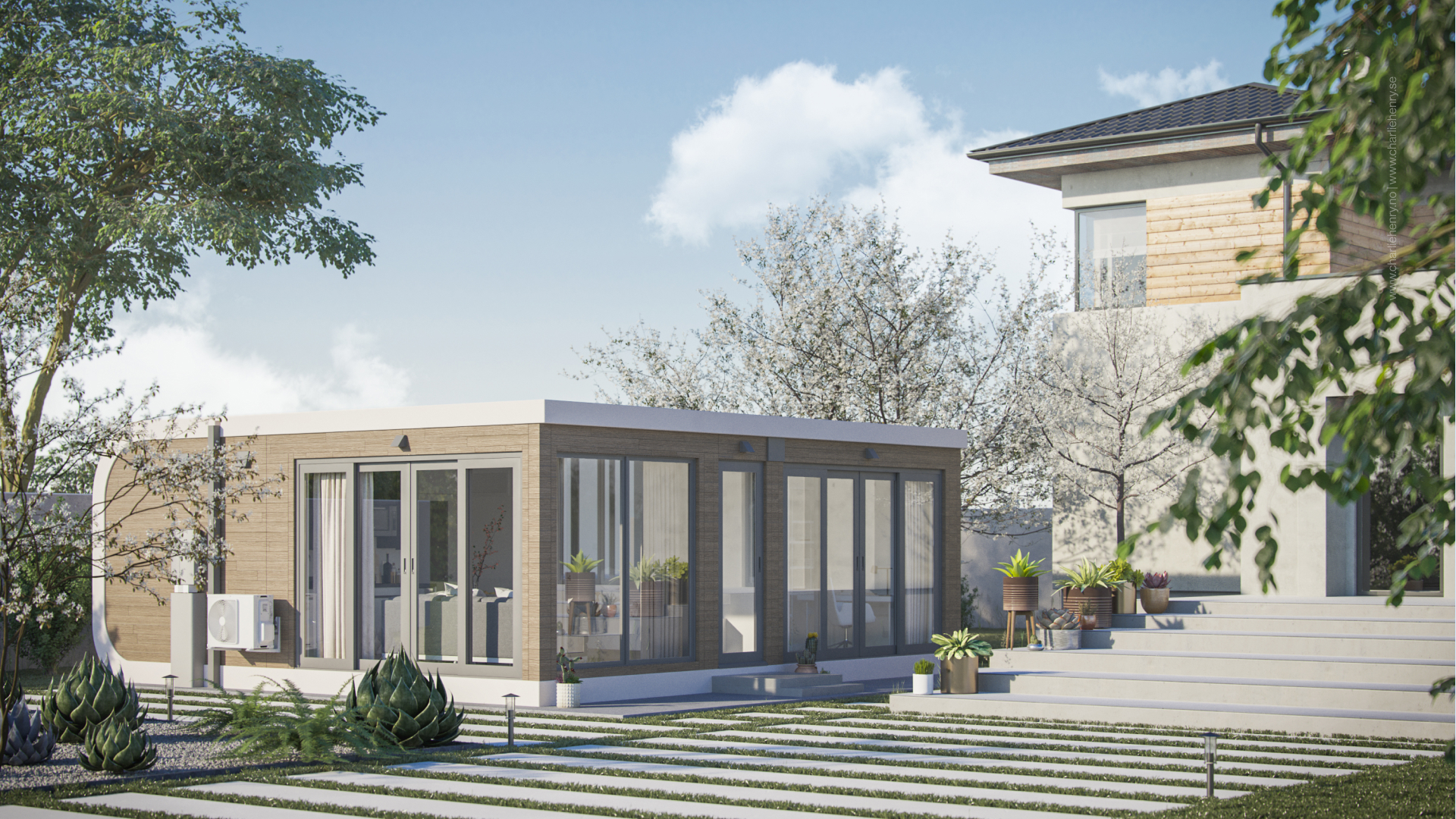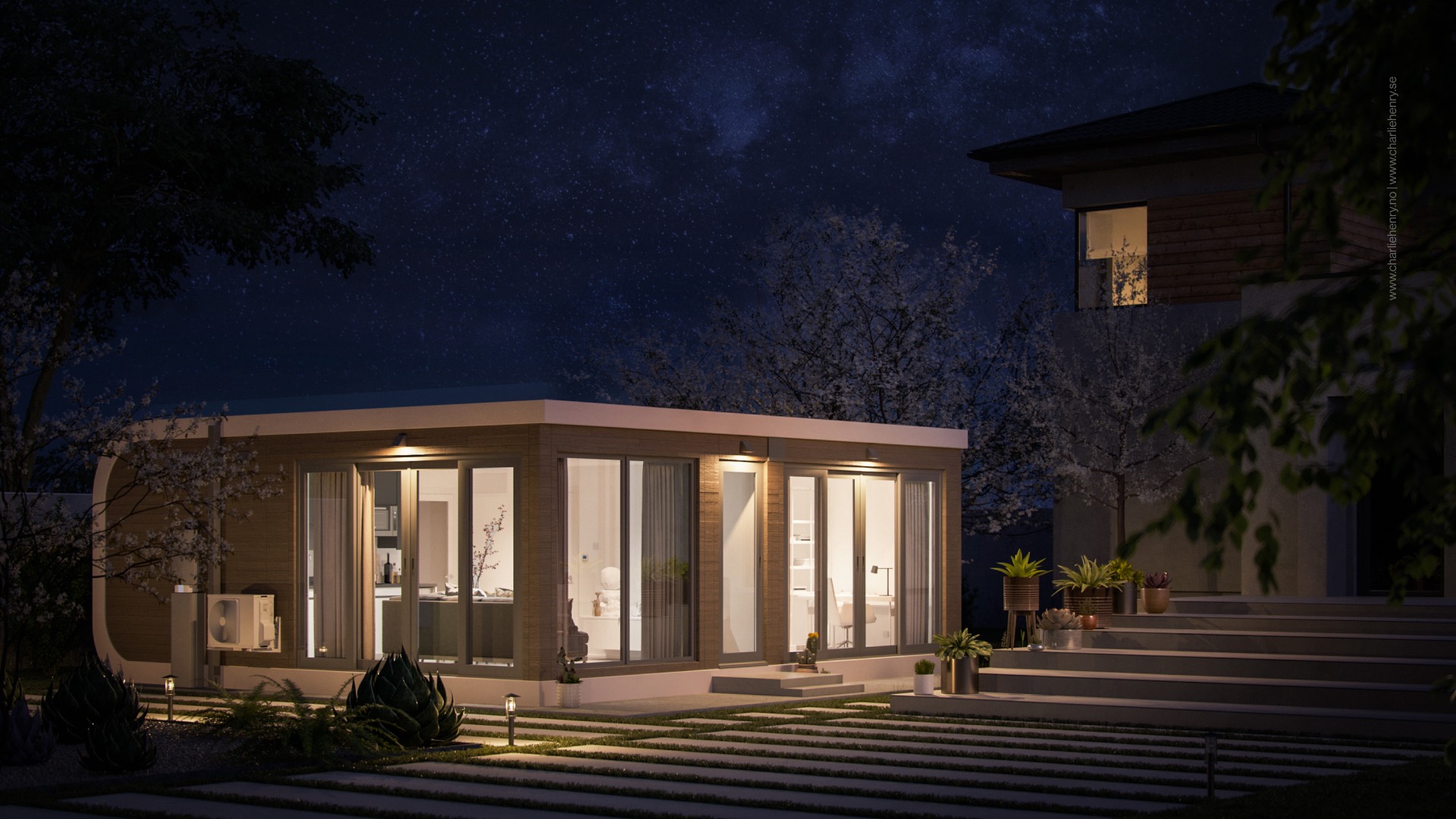Designing Spaces That Speak Without Words
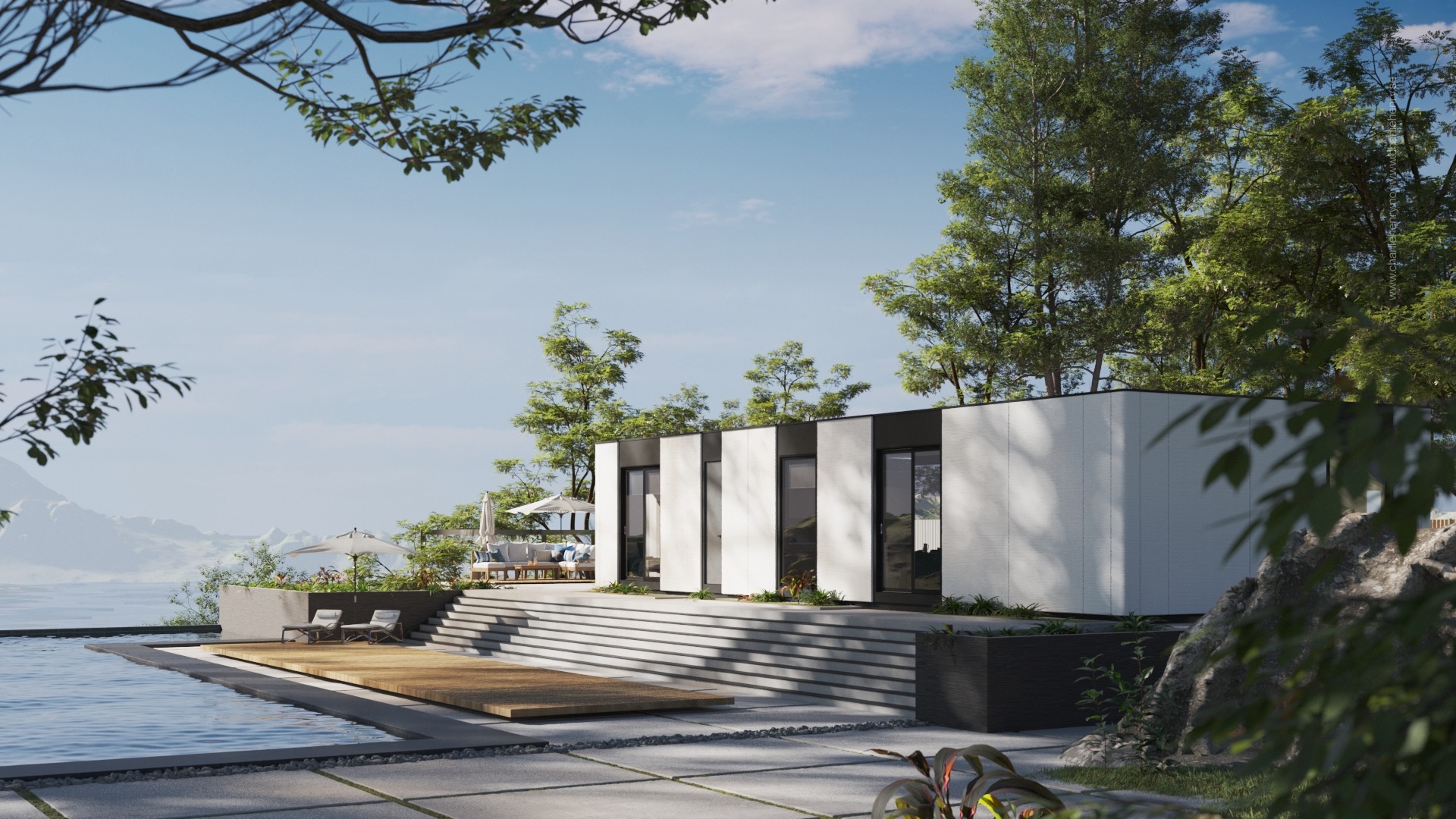
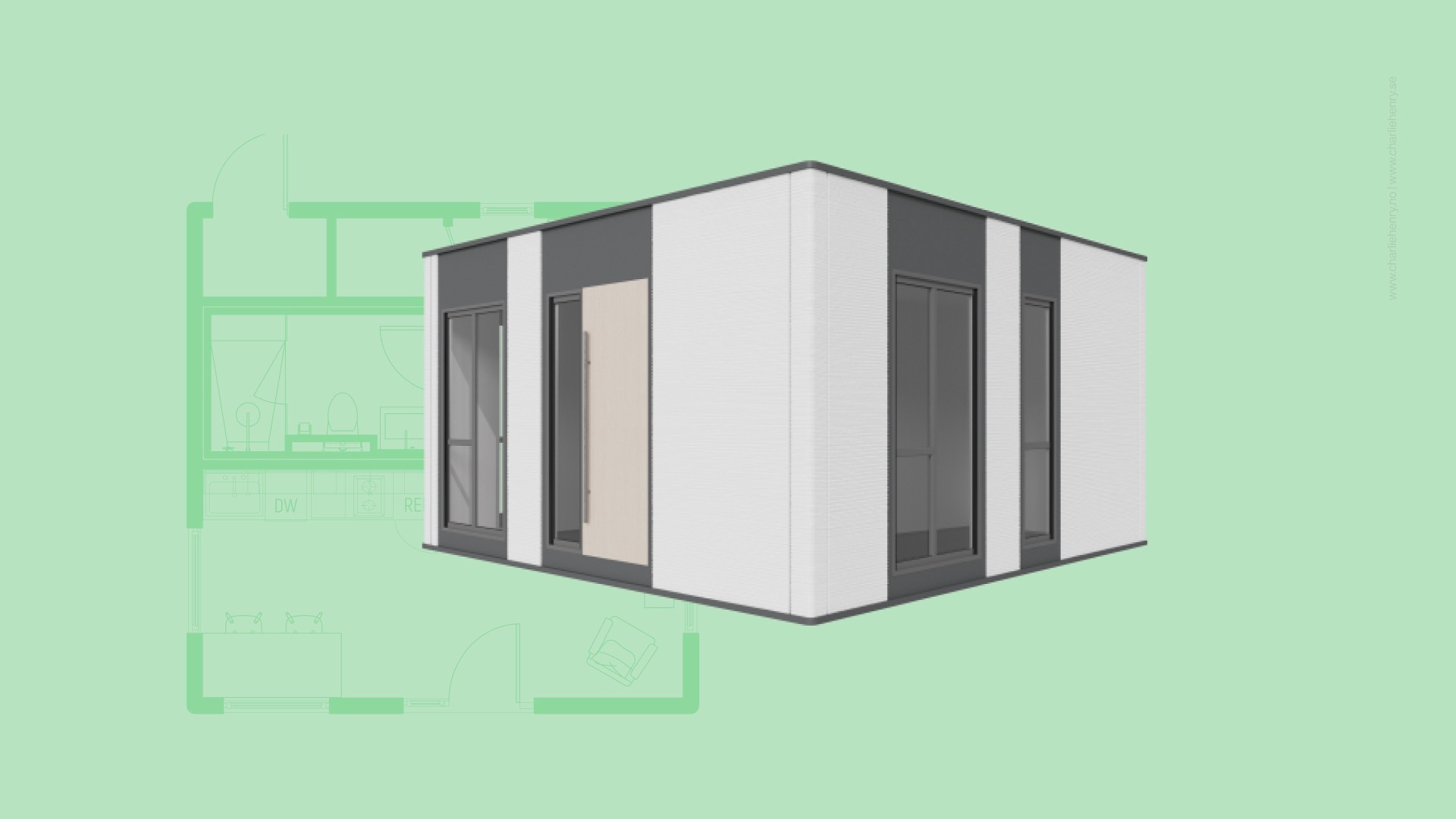
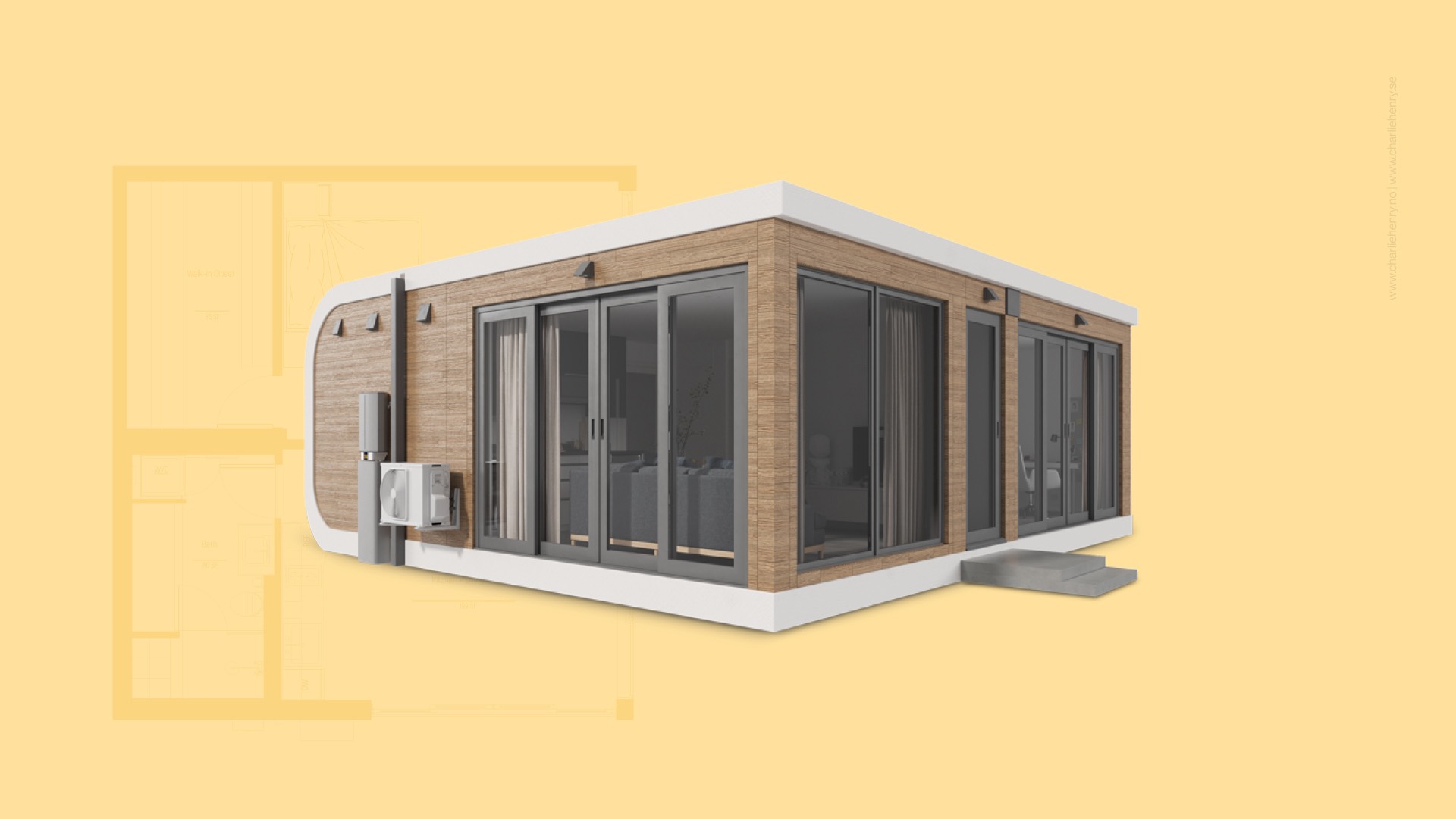
This project began not with sketches or specs, but with a question: Can you make someone feel at home in a place that doesn’t exist yet?
My task was to create a visual universe — a series of 3D models and renders that didn’t just look real, but felt real. Not glossy showroom pieces, but spaces with air, soul, and light. Rooms that seemed to remember the morning sun. Objects that knew how to be still.
Challenge: Scandinavian design is often misunderstood as simple. But simplicity is the most difficult kind of honesty. It asks for precision. For patience. For the discipline to stop before you’ve added too much. Every decision in this project — from wood grain texture to the angle of a shadow — had to hold weight.
How do you tell a full story with nothing but light, silence, and space?
Solution: Each object was sculpted with reverence. Real materials inspired digital forms: brushed oak, linen, cool concrete. I modeled from memory, mood boards, and nature itself — aiming for a tactile, grounded beauty. I let the renders breathe, choosing compositions that felt human, not staged. As if someone had just left the room.
Lighting became the narrative. One beam across a wall. A soft reflection on a metal frame. The smallest glow became the heartbeat of each scene.
Result: The final visuals didn’t shout — they lingered. These renders have since been used in branding campaigns, architectural pitches, and editorial pieces. But more than deliverables, they became proof: that with care and intention, even digital spaces can feel alive.
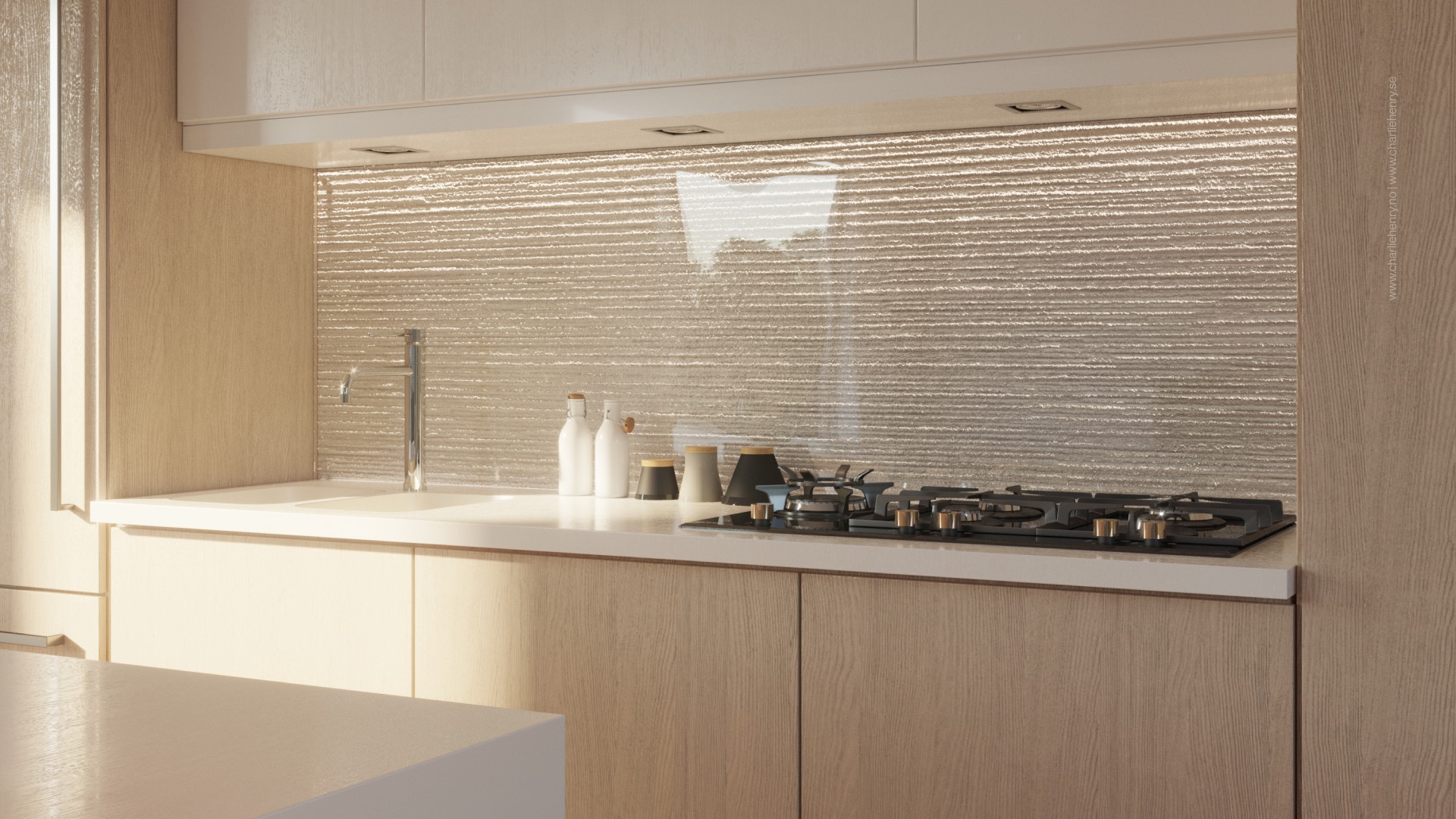
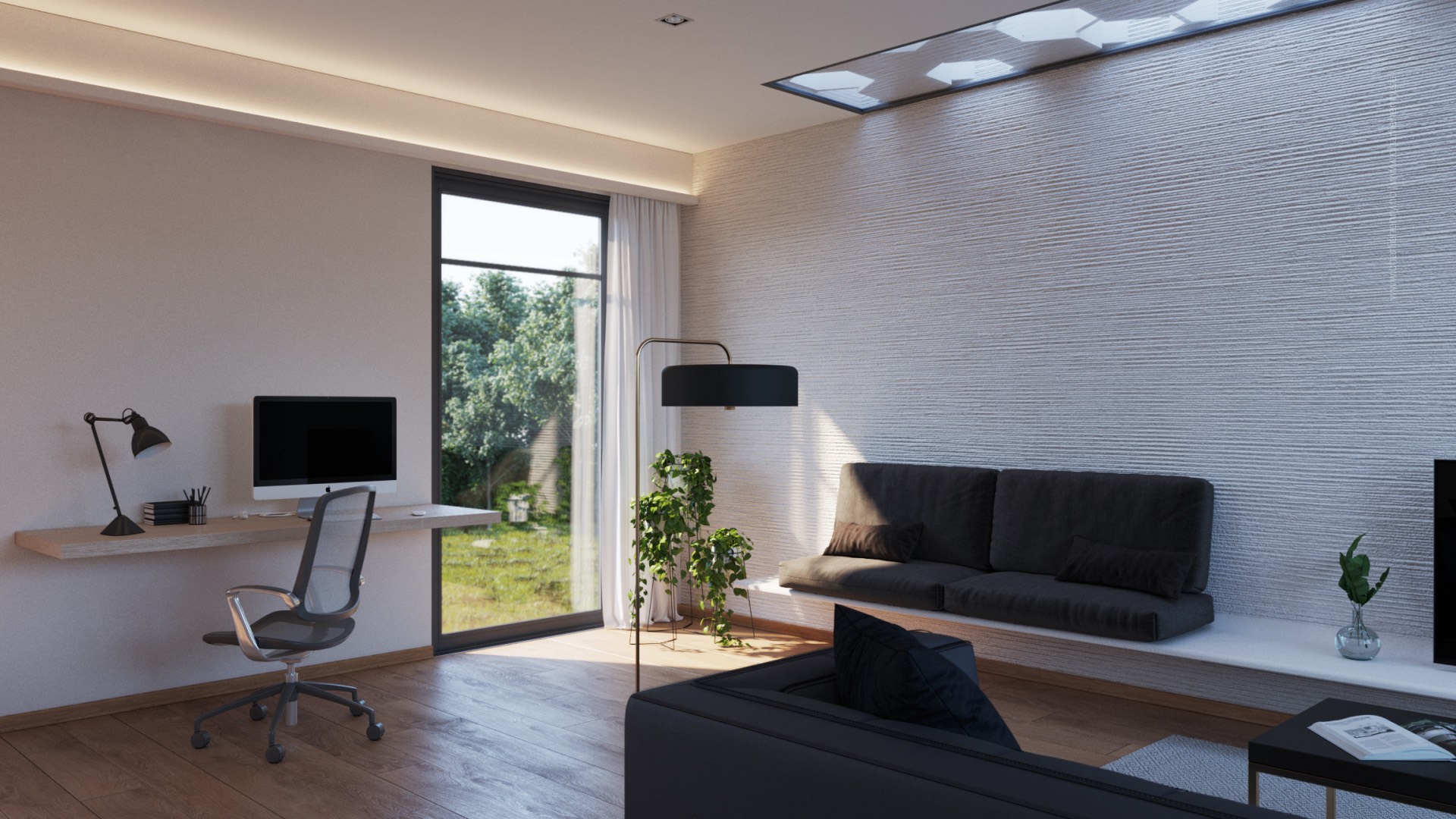
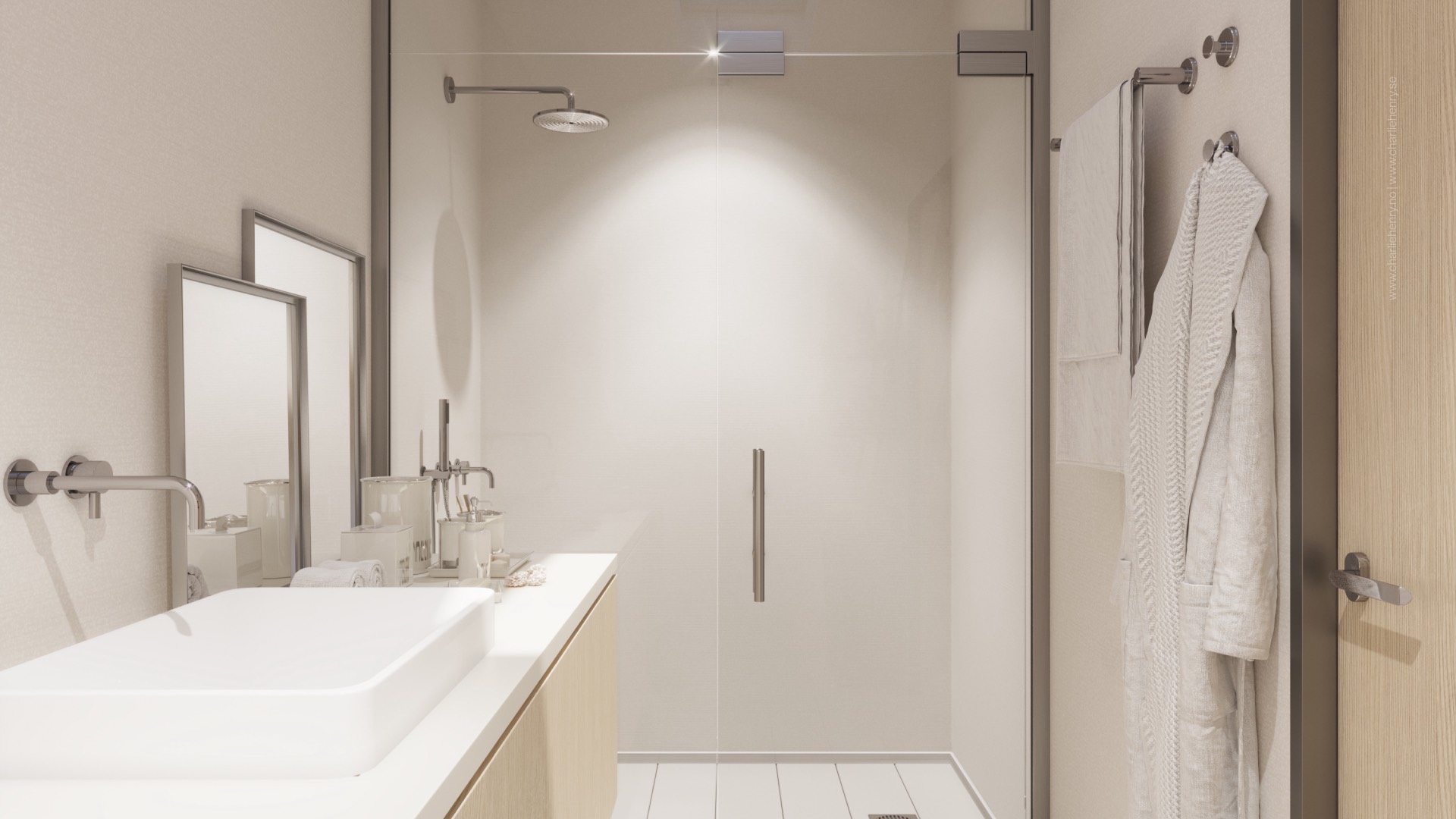
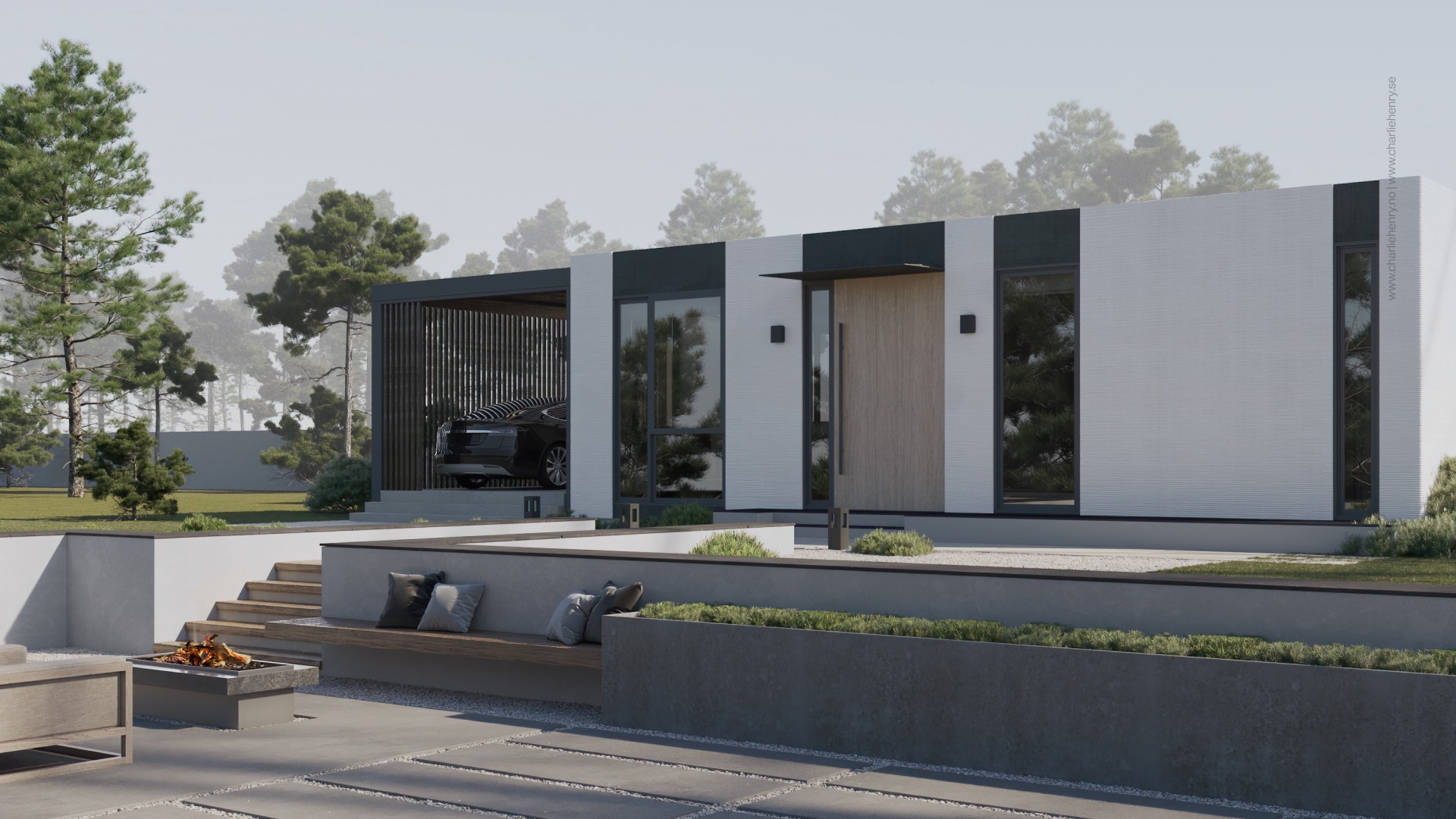
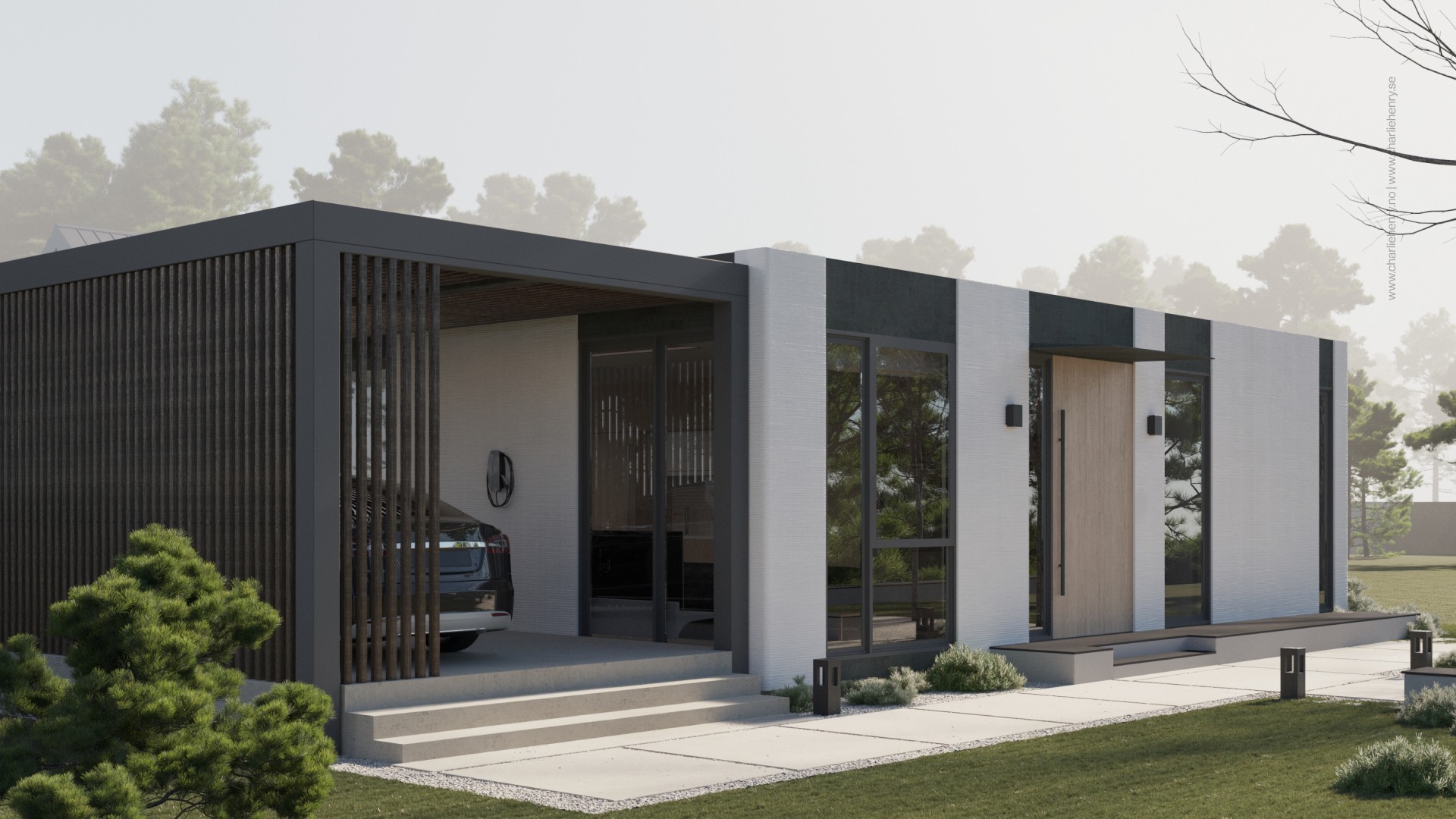
Why do I love working on projects like this? Because they remind me that restraint is a form of courage. This trust allows me to slow down, to notice the slant of light on a table, to ask: What story lives here? And then quietly… build it.
